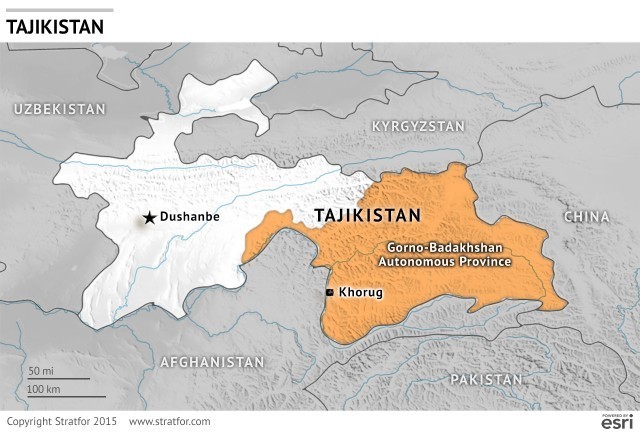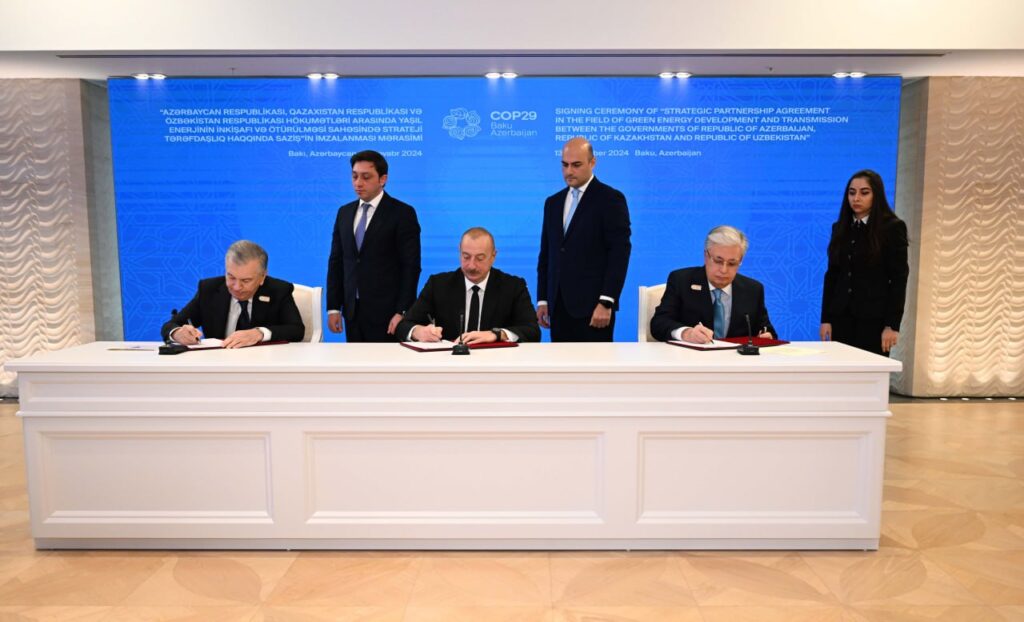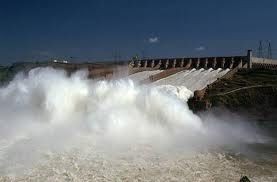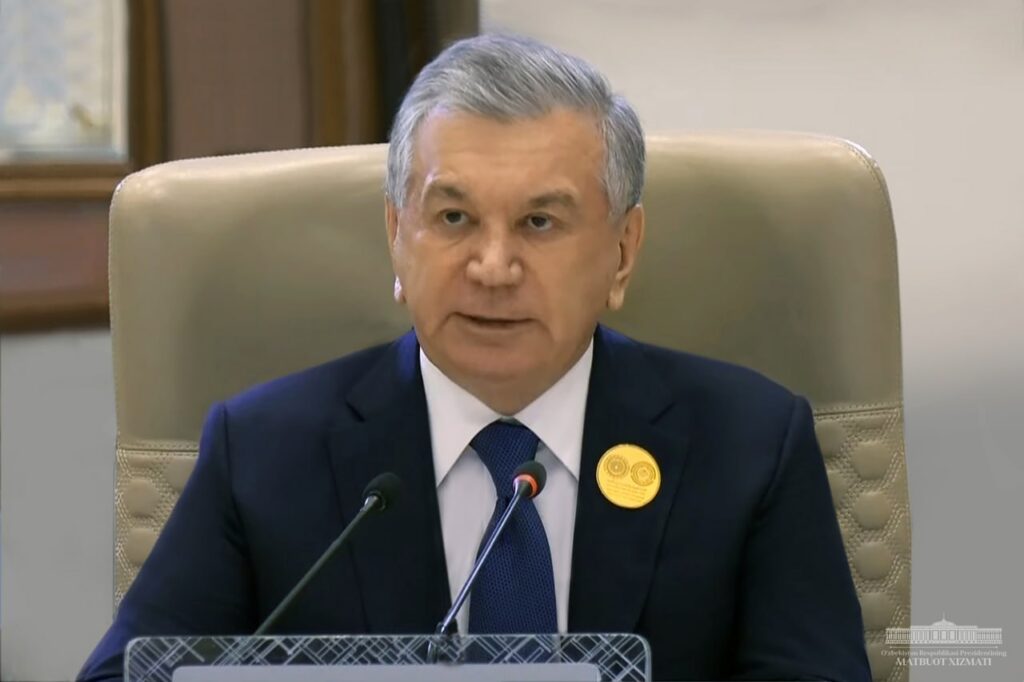KABUL (TCA) — Only economic development may help people get out of poverty and through employment acquire the dignity every person deserves. Afghanistan’s chronic situation matched by the never-ending war and endemic corruption driven by unstable governance and lack of security can be resolved not only with the support of the International community but first and above all by cooperation between Afghanistan and neighboring countries of Central Asia. Here below we are republishing an article from Khaama Press, related to a study conducted by Samuel Hall at the request of the IOM on the potential and opportunities of cross-border trade between Tajikistan and Afghanistan.
The results of a field study, recently conducted in the towns of Khorog and Ishkoshim in Tajikistan and Shegnan and Ishkashim in Afghanistan, indicated that a number of value chains offer potential for short-term scalable interventions which could mutually benefit populations on both sides of the border. “These include the processing of livestock and related products, fruit processing, beekeeping and handicrafts,” the study indicated, “Populations on both sides of the border should be encouraged to share processing facilities.”
Late last year the International Organization for Migration (IOM) Tajikistan signed a contract with Samuel Hall to conduct a study on cross-border economic opportunities in the Gorno-Badakhshan Autonomous Oblast (GBAO) region in Tajikistan and Afghan Badakhshan. The purpose of the study was to identify the needs and the economic potential in border communities on both sides, and point out initiatives with the potential to be scaled up to the benefit of local residents.
Afghanistan and Tajikistan share 1,300 kilometres (810 mile) porous border which is usually threatened by increasing insecurity and armed conflicts. According to international media reports, in March 2016 a Tajik officer and a militant were killed in an armed clash after an armed group crossed into Tajikistan from Afghanistan.
Separated by the Panj River, GBAO in Tajikistan and the north eastern Afghan province of Badakhshan are some of the most remote and destitute areas in the world. The communities living on either side of the border are very similar in terms of ethnic, linguistic and cultural background and they are mutually dependent and isolated from the major commercial centres in their respective countries. The border has separated them geographically and politically rather than culturally. These communities are faced with similar challenges. In addition to security, the population’s concerns are economic hardship, poverty and lack of employment opportunities.
The study conducted by Samuel Hall was tailored to local knowledge for a diverse array of actors operating in the world’s most challenging environments, showed the populations on both sides of the border are very well educated and that “striving only to provide the target demographic with survival jobs would amount to a missed opportunity.”
The study suggested that the most promising way forward is a learning agenda around agribusiness and the agribusiness value chain should be developed vertically, and planning should [take] into account the future regional evolution in terms of transportation and infrastructure development.
“The value chain should take on a cross-border component through the definition of a “special agriculture zone” where cooperatives could specialise, collaborate and produce output which meets regional and international standards”, the study emphasised. An assessment report prepared by the United Nations Economics and Social Commission for Asia and the Pacific (ESCAP) in 2015 indicated that despite the long common border linking Afghanistan and three of the five Central Asian states (Turkmenistan, Uzbekistan and Tajikistan) trade linkages remain extremely limited.
Overall, Afghanistan imports considerably more from Central Asia than it exports in return. In 2011, the last year for which comprehensive bilateral data is available, less than 3% of Afghanistan’s exports (worth $13.2 million) went to Central Asia with Tajikistan and Turkmenistan being the only economies to see imports of notable size. In contrast, roughly a 6 quarter of Afghanistan’s imports came from Central Asia, principally Uzbekistan (worth $1.67 billion), the report explained.
According to a World Bank report in 2012, in addition to ‘standard’ trade—in which data on the type of good, its origin, quantity, and price are recorded by border authorities—‘non-standard’ border trade, in which small merchants and traders cross borders to buy or sell generally small volumes of products, is also common in Central Asia and between Afghanistan and its neighbours. “Such trade can have major positive effects on the livelihood of communities living near the border areas. Because of its nature, however, data is scarce. Some estimates are that around 40% of Afghanistan’s total trade by value is unrecorded,” the report said.
“The local population gains access to cheaper goods. Our market survey revealed that milk, for instance, was on average 25% cheaper on the Cross Border Markets than on Tajik local markets,” the study conducted by Samuel Hall found out, “the markets improve cross-border relations by allowing the “inhabitants” of both sides to interact and benefits are particularly important for vulnerable groups such as retuned migrants and women.”
Cross-border trade in the region is mainly threatened by security and the markets are shut down frequently for security reasons. Limited number of market days, the conscribed opening hours and restricted movement across the border for Afghan market participants were other challenges identified by the study.
The markets should not be subject to unannounced closures, but held more often reliably and at fixed hours, the study suggests, physical improvements of the hygienic and environmental conditions should be continued and neighbouring relations should be improved by addressing points of conflict such as the perceived discrimination against Afghan traders. The research further suggests that linkages between traders on both sides should be encouraged and facilitated to identify areas where supply does not currently meet demand.
According to the study, Afghan traders regularly cross the border into Tajikistan, but formal employment of Afghan professionals in Khorog and Ishkoshim is rare and limited both by strict visa regulations for Afghans and a very real lack of job opportunities on both sides.
“Less than 20% of respondents in Khorog and 10% of respondents in Tajik Ishkoshim stated that they could imagine working in Afghanistan,” the study indicated, “Although 40% of respondents in Shegnan and 80% of those in Afghan Ishkashim would be willing to work in Tajikistan. These opportunities are hampered by administrative restrictions and general circumspection on the part of the Tajik community.”
The study finally suggests that IOM Tajikistan should benefit from its excellent contacts at the government level to initiate and facilitate a high-level strategic dialogue between Afghan and Tajik officials at both the national level (Ministries of Agriculture, Ministries of Labour, MRRD) and at a regional level.
“Indeed, a policy dialogue of government authorities is essential for finding solutions to regional challenges of all kinds, be they security-related or economic,” the study recommends. “A constructive dialogue among political stakeholders of the region ought to provide a common factual base for future political discussions and negotiations and lay the basis for sustainable progress under a common security, community stabilization and poverty reduction strategy in the border region.”
This article, entitled “New Study Identifies Trade Opportunities on Both Sides of Afghan-Tajik Border,” was originally published by KHAAMA PRESS









